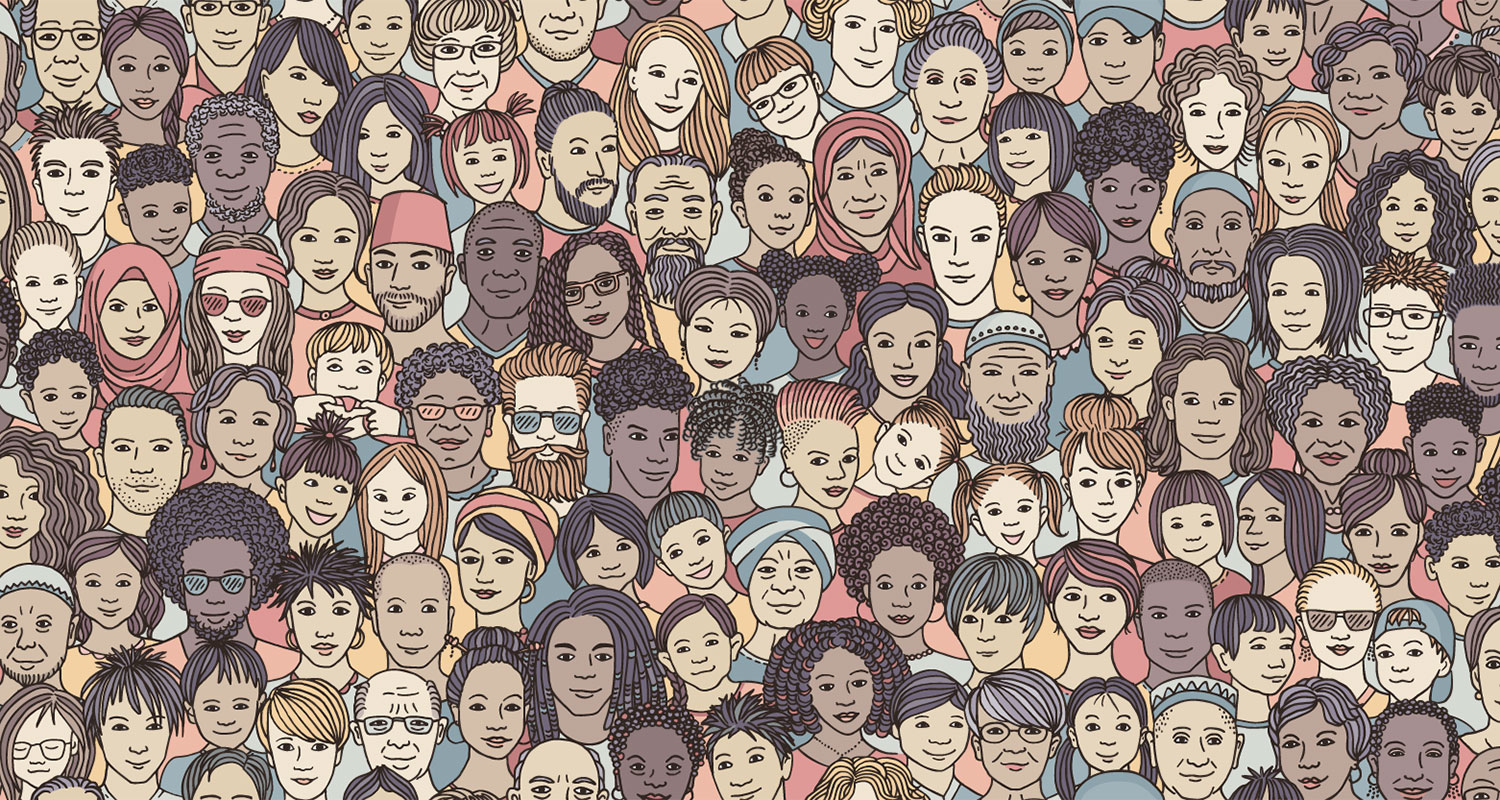
As someone working in the space of diversity and inclusion, I often get asked about my “top tips” for DnI work. We were asked recently to talk about some of the common pitfalls that organisations often encounter in their DnI journey. We distilled them into 3 common pitfalls.

Pitfall 1: Recruit for diversity but then expect everyone to “fit in” to your company’s culture.
If you want to benefit from diversity, don’t run away from difference or fall back on “cultural fit” stereotypes as a reason for not hiring certain staff. Recruiting for diversity and then expecting everyone to fit in to a pre-existing organisational culture that itself is predicated on certain cultural norms, nullifies the positives that diversity could bring to your organisation.
Studies such as Thomas and Ely from Harvard Business Review, explore 3 approaches to diversity in the workplace. It showed that this “fit in” approach to diversity that doesn’t move beyond compliance stymies the growth that could arise from greater diversity. True inclusion means thinking about company culture from the bottom up, and focuses on reviewing practices and process to create an open culture, where people are invited to co-create the culture and not just fit into it.

Pitfall 2: Allow diversity overall to obscure the diversity gap in leadership or in occupations
The 2nd pitfall is to allow your overall diversity profile to obscure where diversity is concentrated, and more importantly, where it tends to go missing, in your organisation. In order to be truly impactful, diversity should be represented across various functions and levels within an organisation. The reality is, organisations become far more monocultural the higher up you go (diversity gap). Yes, diversity at the entry level is at least a start, but if it doesn’t translate into representation at various levels of management, then you aren’t truly diverse!
Behind this lack of diversity in management lie unchallenged, systematic biases that unfairly advantage certain genders, cultures or abilities, whilst simultaneously unfairly disadvantaging others. Assumptions that people of certain genders or cultures ‘don’t do well in leadership roles’ impede career growth of diverse staff & damages both aspiration & career development, which in turn make staff less likely to contribute to their full potential & less likely to stay, both of which have a direct negative impact on business performance.

Pitfall 3: Diversity without mutuality and inclusion
The 3rd pitfall is to focus on diversity but not on the interrelated concepts of mutuality and inclusion. Wanting to have a diverse workforce but not taking the time to think about how to make a workplace somewhere that brings out the best in people may lead to short-term diversity gains but possibly a lack of retention of staff, as discussed previously.
That is what is meant by inclusion. Mutuality, on the other hand, is a concept Martin Plowman coined to give organisations an understanding as to what standard of diversity is to which they should aspire. You can read here.
We now turn it over to you and want to hear your thoughts. How do you benchmark your diversity, and if so how? Do you benchmark against the community as part of your DnI strategy? For more on the diversity atlas approach, check out Why Diversity Atlas.
Share this Post